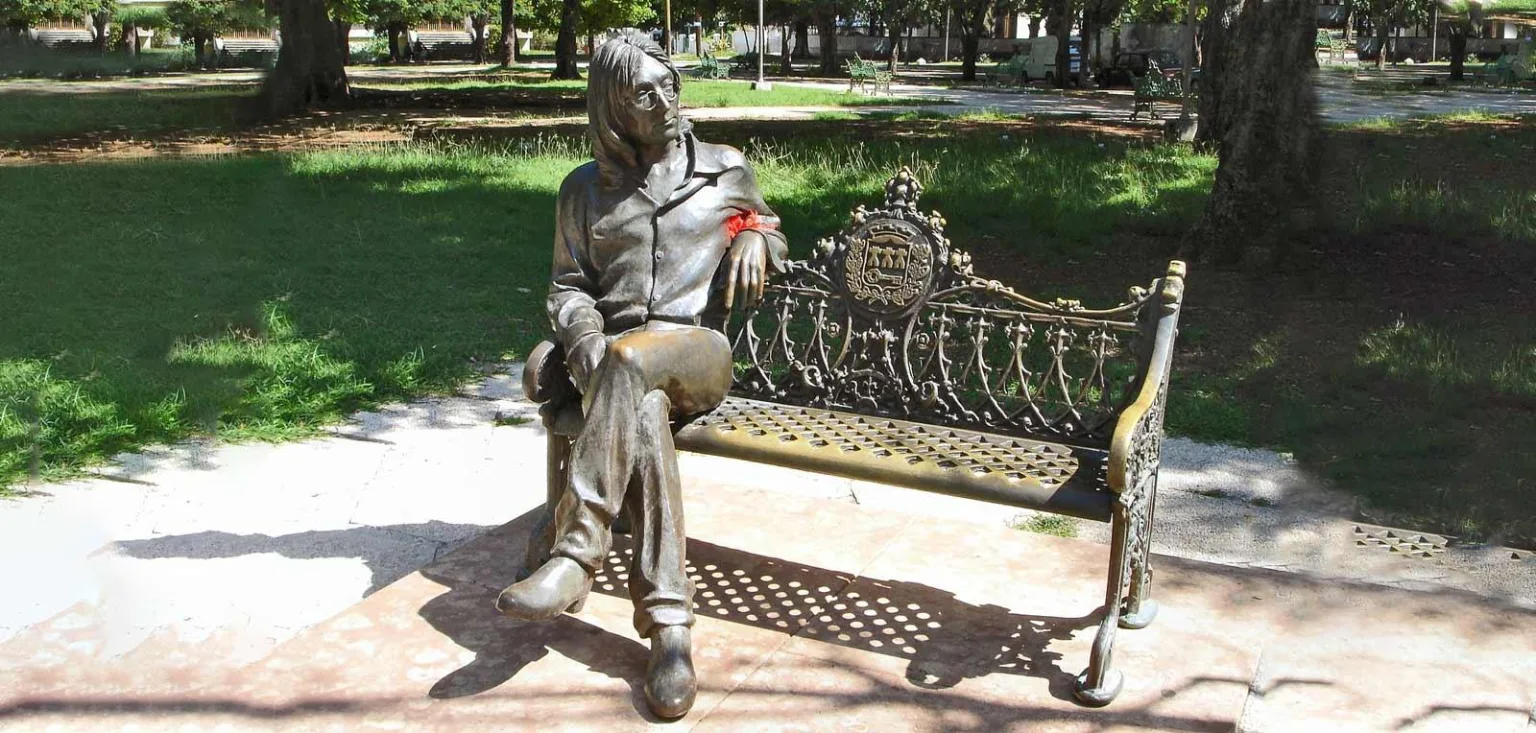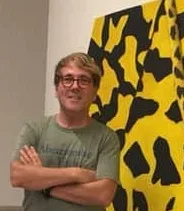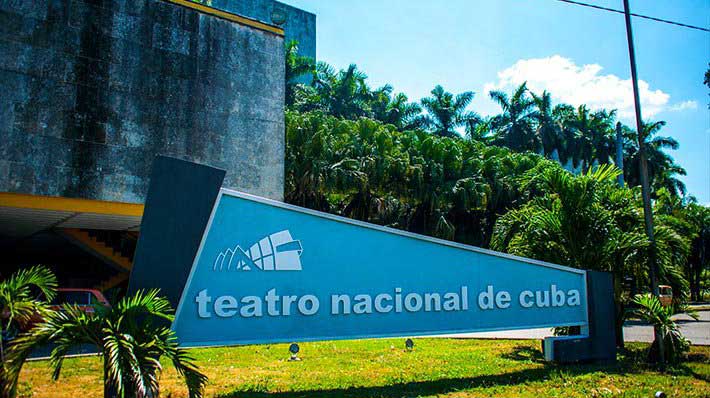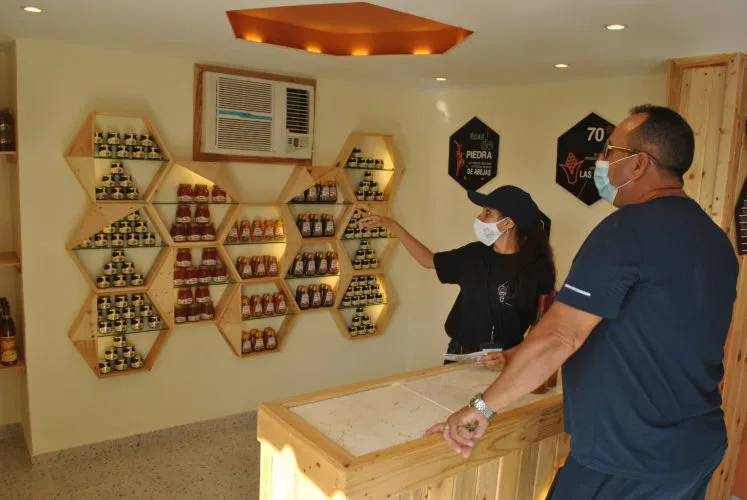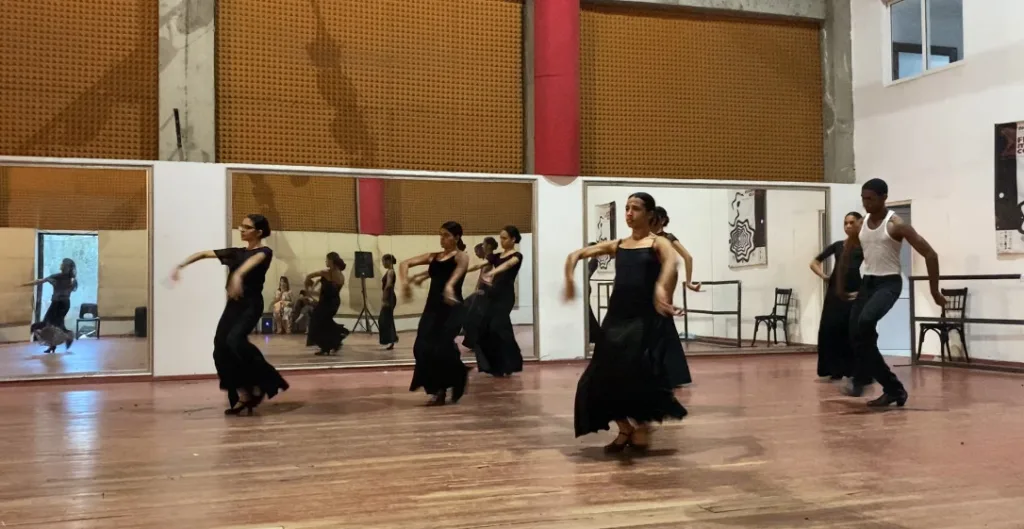The creative talent of the artist has mixed over time with cultural roots of different places of the world, showing always the Cuban identity as a protagonist; that is the reason why he is so universal. In addition, he has worked both the figurative art and the abstraction, with everything that is brought by his creativity to conceive pieces with the most different materials, particularly those which have something to provide and to say there where the author plants them. In them there is steel skin, bronze, concrete, Jaimanitas stone, marble, granite, blocks of the quarry, metals, wood, iron, resin painting, glaze ceramics, copper… A rainbow of materials that individually or combined enhances the sculptures in a personal artistic pedestal that catches the eye.
I present to you José Villa Soberón (Santiago de Cuba, 1950), National Prize of Plastic Arts 2008, who studied at the National School of Arts of Havana from 1971 and, in 1976 began his superior studies at the Academy of Plastic Arts of Prague (Czechoslovakia), where he had the possibility to develop a special skill in the figurative sculpture, to which he would add later on a singular and personal capacity to produce it, and which has brought a lot of happiness throughout all of his creative trajectory. Professor of sculpture for about 30 years, Dean of the Faculty of Plastic Arts in the Superior Institute of Art (ISA) for a period of 5 years, and president of the section of Plastic Arts of the UNEAC for ten years.
He is the Cuban artist who has covered the majority of the public spaces in theses last times, “and he has contributed to the appearance or to the confirmation of myths that were resting in a latent state in the collective imagination and thanks to his art, they have gone beyond the local dimension in many occasions”, as it is explained by Lillian Llanes in the book José Villa Soberón: Son of the Space. The first piece was Che Comandante, amigo, Prize of the contest in 1981 in honor of the Heroic Guerrilla Man; the sculpture is placed at the Palacio de Pioneros of the Lenin Park in Havana. With this project, made together with the architect Rómulo Fernández, the die was cast …, and as it has been commented in many occasions, it changed the way to conceive and create the commemorative monuments in our Isle. The examples of works he continued in this way -with the abstract/geometric spirit- would be countless, particularly with the architects Mario Coyula and Emilio Escobar, who had won the Prize of the Contest for the Mausoleum to the Martyrs of March 13th and invited him to take part in the project. It was the beginning of the collaboration with them that opened many ways, transformed in plays which were consolidating the path of this excellent creator. Many works left all over the Isle and also in the world tell about the ingenious creativity of Villa Soberón.
The Monument to John Lennon
A high step in his sculptural work is constituted by the piece Homage to John Lennon (situated in a park of El Vedado) that appears at the beginning of the 21 century, when the artist won a contest to make a monument of the legendary musician. A project that has a lot of ingredients, particularly, the nostalgia of those who could not fully enjoy the rhythms of that epoch. This means that for the artists, it constituted also a debt, and Jose Villa was not an exception. With the accumulated experience, he immediately began to work and created that piece, which lies in a bench of the park and has become more and more notable through the time. People were fascinated since the first day, and today the sculpture is an important symbol of the city, and it is daily visited by Cuban and thousands of tourists who don’t want to miss the opportunity to enjoy the Lennon (in bronze) of Havana. From this moment on the work orders for urban sculptures rained down to Villa, about cultural, politics and social personalities… And through different places in Havana and in other provinces emerged these works in bronze skin that captivate everybody, and that reflect the impression and the love of the artist.
In the old part of Havana city you can walk into dissimilar personalities as a way of Honoring them: the Caballero de París (2001) at the Minor Basilica of St. Francis of Assisi Convent; Prisionero 113 (2003) Fragua Martiana; Madre Teresa de Calcuta (2003), garden of St. Francis of Assisi Convent; Hemingway (2003), Floridita restaurant; Antonio Gades (2007), Cathedral Square of Havana; García Márquez II (2017), garden of the Marquis of Arcos Palace; Alicia Alonso, (2017) Gran Teatro de la Habana Alicia Alonso, among others. In addition to those he had planted sculptures out of the capital, in other cities of the Isle, like Benny More (2004) in the Paseo del Prado, Cienfuegos; as well as many others disperse around different cities of the world as Tin Tan (2001), Juarez City (Mexico); García Márquez I (2016), Museum of the Caribbean, Barranquilla, (Colombia); Sr. Barry Bowen (2017), Belize airport (Belize); Sir Joseph Francis (2017), Park of the National Heroes, Saint Kitts and Nevis; Jose Marti II (2017), Jungay, Santiago de Chile (Chile); Napoleon Bonaparte(2018), Corcega Café, (France)…

